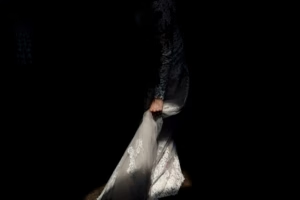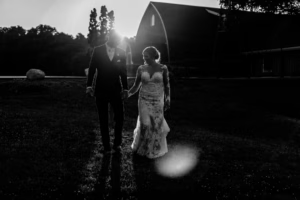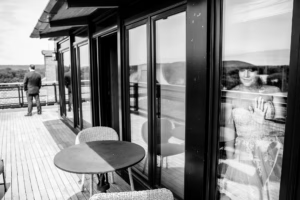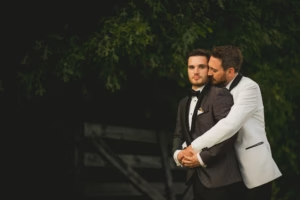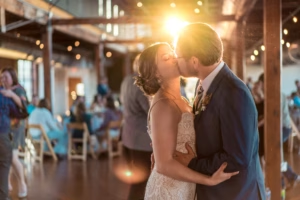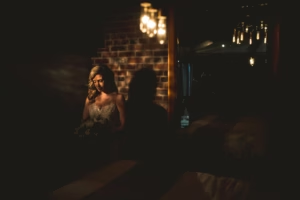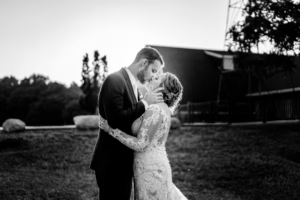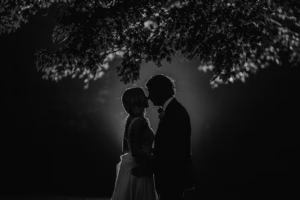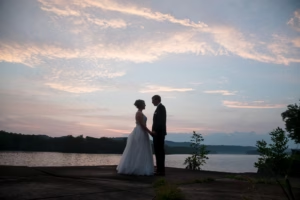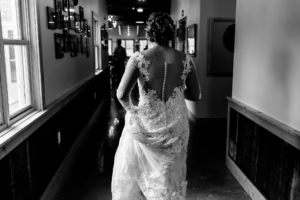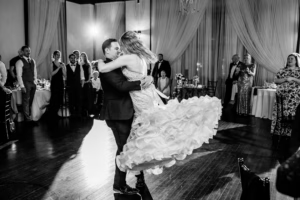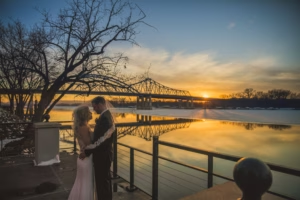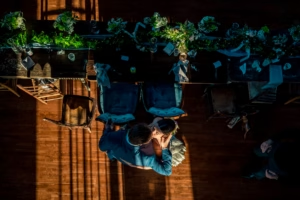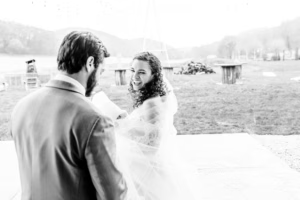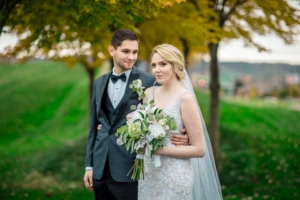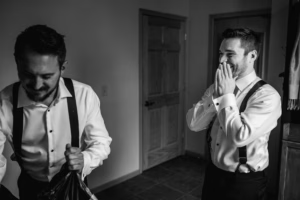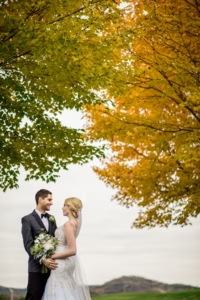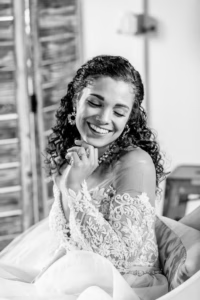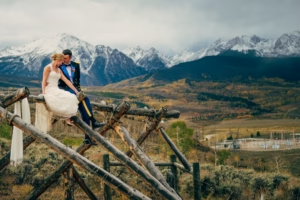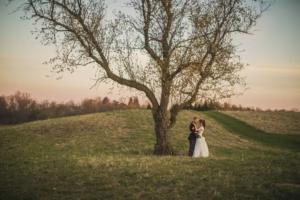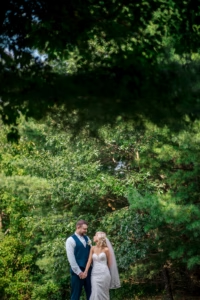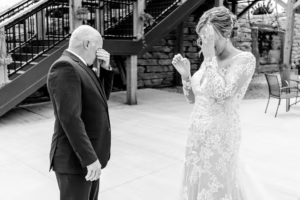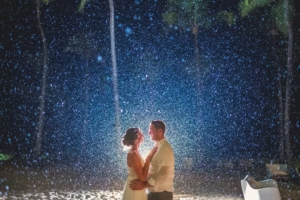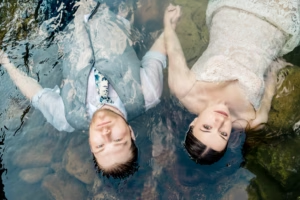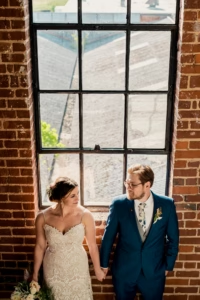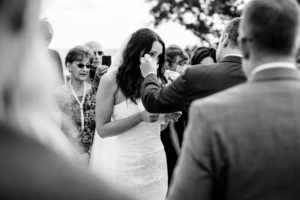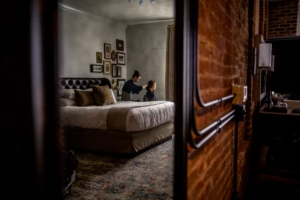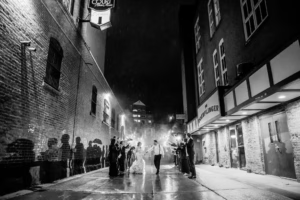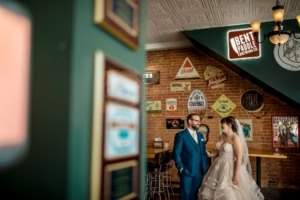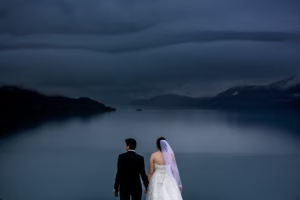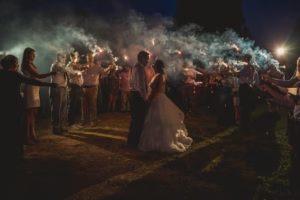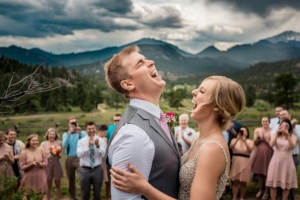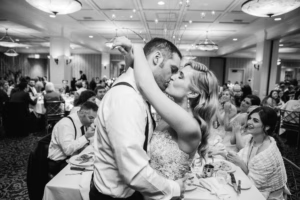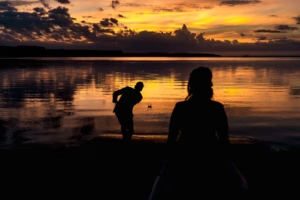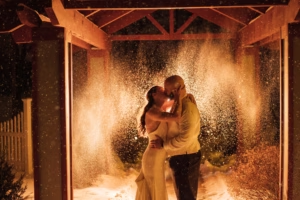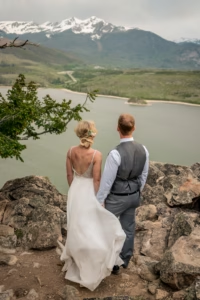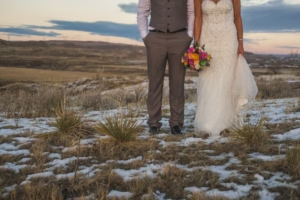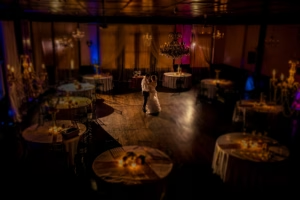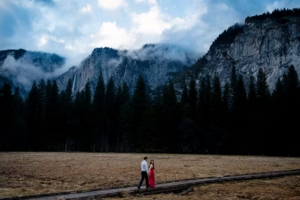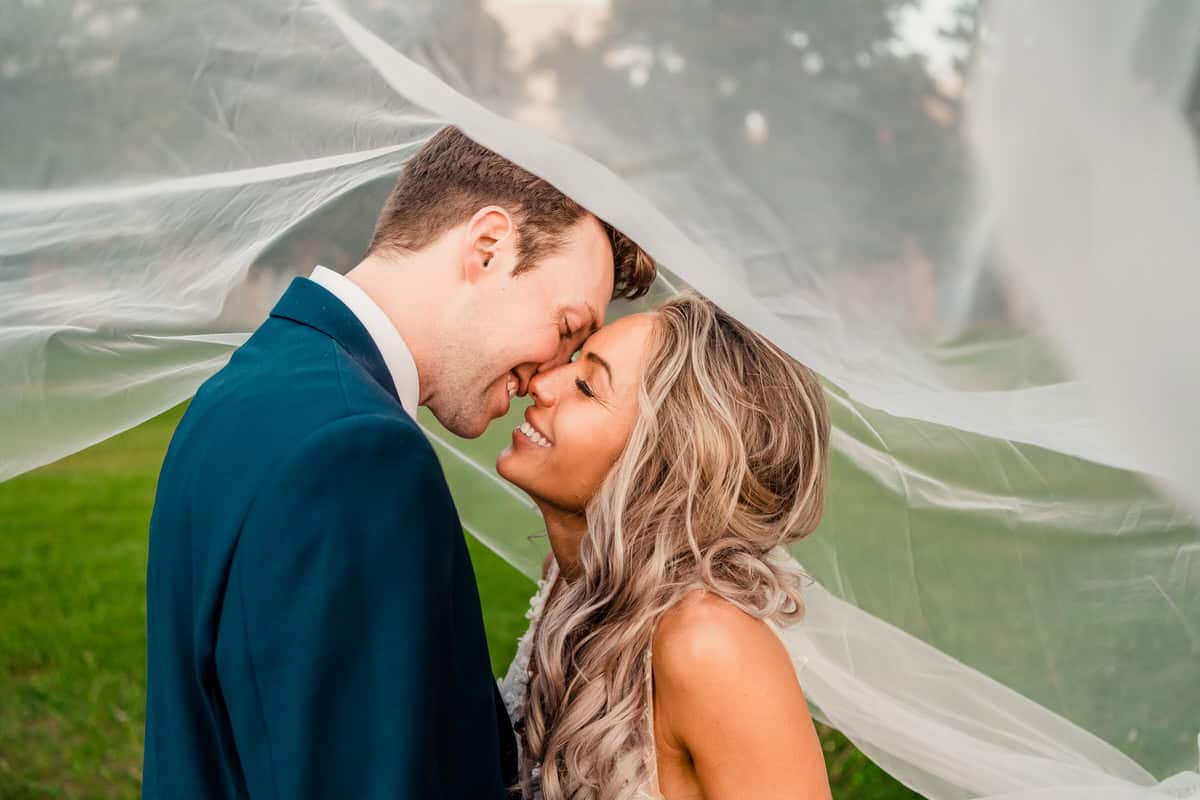A complete wedding day timeline guide for a calm, connected, intentional celebration.
Table of contents
- Why Your Timeline Matters
- Key Parts of a Wedding Day Timeline
- Morning Prep: Getting Ready
- First Look: Yes or No?
- Wedding Party and Family Photos
- Ceremony Start Time
- Couple’s Portraits
- Reception Flow
- Creating Space to Be Present
- Sample Timeline (With First Look)
- Sample Timeline (Without First Look)
- Closing Thoughts
- Want help planning the next part of your day?
Your wedding day should feel like a story unfolding — not a blur of rushing from one moment to the next. A thoughtful timeline creates ease, gives you room to breathe, and helps the day move with intention instead of urgency. Whether your wedding is relaxed and intimate or full and energetic, your schedule should support your values, your relationships, and the rhythm you want to feel.
This guide will walk you through how to build a wedding day timeline that flows smoothly, protects space for meaningful moments, and keeps everything grounded and stress-free.
Why Your Timeline Matters
A good timeline is more than logistics. It sets the emotional tone of your day.
- It keeps everyone organized — family, wedding party, vendors.
- It prevents avoidable stress and confusion.
- It protects the moments you don’t want to rush.
- It allows you to be fully present and actually enjoy your wedding.
When I help couples build their timelines, I’m always looking beyond the clock. I think about energy. Where can you relax? When do you need space? How can we make sure the day feels calm, connected, and joyful?
Your timeline should support you, not box you in.
Key Parts of a Wedding Day Timeline
Every couple and every wedding is different, but most timelines include:
- Getting Ready
- First Look (if doing one)
- Wedding Party Photos
- Family Photos
- Ceremony
- Couple’s Portraits
- Cocktail Hour
- Reception Events
- Open Dancing
By approaching each part with intention, the whole day becomes smoother and more enjoyable.
Morning Prep: Getting Ready
Give yourself more time than you think you need.
Aim for hair and makeup to finish 60–90 minutes before your first scheduled event (first look or ceremony). This gives space for:
- getting dressed
- touch-ups
- emotional moments
- a few quiet minutes to breathe
Pro tip: build in a buffer. Something always runs a little long, and cushion time keeps stress away.
If you want a calm morning, read our full Getting Ready guide for tips on grounding yourself before the day unfolds.
First Look: Yes or No?
A first look shapes the flow of your entire day.
If you’re doing a first look:
Schedule it 2–2.5 hours before the ceremony.
This gives you time for:
- couple’s portraits
- most family photos
- wedding party photos
- a few quiet minutes together
- breathing room before guests arrive
If you’re NOT doing a first look:
You’ll shift most portraits after the ceremony and need:
- a longer cocktail hour
- a bit more structure
- time for family groupings and couple portraits
If you’re deciding, read our To Look or Not To Look guide — it breaks this down with real examples.
Wedding Party and Family Photos
This is one of the easiest timeline items to underestimate.
Plan for 20–30 minutes for family photos
and 20–30 minutes for wedding party photos.
To keep things smooth:
- Create a family list ahead of time
- Put people in order
- Assign someone who knows the families to help gather everyone
- Start with big groupings and release people as you go
We created a full Formal Shot List guide to help with this part.
Ceremony Start Time
Think about:
- light (especially if outdoors)
- season
- guest arrival time
- how long portraits take
As a rule of thumb:
- Fall/Winter: ceremony should start 2 hours before sunset
- Spring/Summer: ceremony should start 2.5–3 hours before sunset
This gives you room for portraits while keeping your ceremony in beautiful light.
Couple’s Portraits
You’ll remember these more than you think.
Whether before or after the ceremony, plan for 20–30 minutes of portraits where you can slow down together.
If possible, sneak out during golden hour — even for 10 minutes — for warm, intimate, relaxed portraits.
For ideas and inspiration, read Let’s Get Intimate.
Reception Flow
Here’s a typical flow that keeps things smooth and natural:
- Cocktail hour
- Grand entrance
- Dinner
- Speeches during dinner (to avoid long pauses)
- First dances
- Open dancing
- Small special moments (sparkler exit, traditions, toasts, surprises)
If you’re planning something meaningful — cultural elements, a choreographed dance, a family tradition — let your photographer or videographer know so we’re ready before it happens.
For a fun reception guide, read Clank Your Glass and Shake Your Ass.
Creating Space to Be Present
Here’s how to build presence and calm into your schedule:
- Add buffers between events
- Start earlier than you think
- Build in 5-minute pauses to breathe together
- Trust your vendors
- Delegate decisions to people who protect your energy
Presence doesn’t happen accidentally. It’s something you create on purpose.
Sample Timeline (With First Look)
9:00am – Hair & makeup begins
12:00pm – Photographer arrives, getting ready photos
1:00pm – First look + couple’s portraits
2:00pm – Wedding party + family photos
3:30pm – Guests arrive, final touch-ups
4:00pm – Ceremony
4:30pm – Cocktail hour
5:30pm – Reception begins
6:00pm – Dinner + toasts
7:00pm – First dances
7:30pm – Open dancing
8:00pm – Golden hour photos (optional)
10:00pm – Sendoff
Sample Timeline (Without First Look)
10:00am – Hair & makeup
1:00pm – Photographer arrives
2:30pm – Getting dressed separately
3:00pm – Solo portraits + details
4:00pm – Ceremony
4:30pm – Family + wedding party photos
5:15pm – Couple’s portraits
6:00pm – Reception
(Cocktail hour may need to be 1.5 hours to fit portraits).
Closing Thoughts
Your timeline should reflect your priorities — not Pinterest’s.
Start with what matters most to you:
- Do you want a slow morning?
- Do you want more time with guests?
- Do you love portraits?
- Do you want everything relaxed and low-pressure?
Let those values guide the structure.
A thoughtful timeline creates freedom.
It shapes a day that feels expansive, beautiful, and truly yours.
If you need help designing a timeline that supports your experience, I’m here to help. We’ll shape your schedule around presence, connection, and the way you want your day to feel.
Want help planning the next part of your day?
Explore these guides:
- Getting Ready
- To Look or Not to Look
- Let’s Get Intimate
- Final Checklist
- Wedding Planning Guides Index
Next up? Getting Ready

